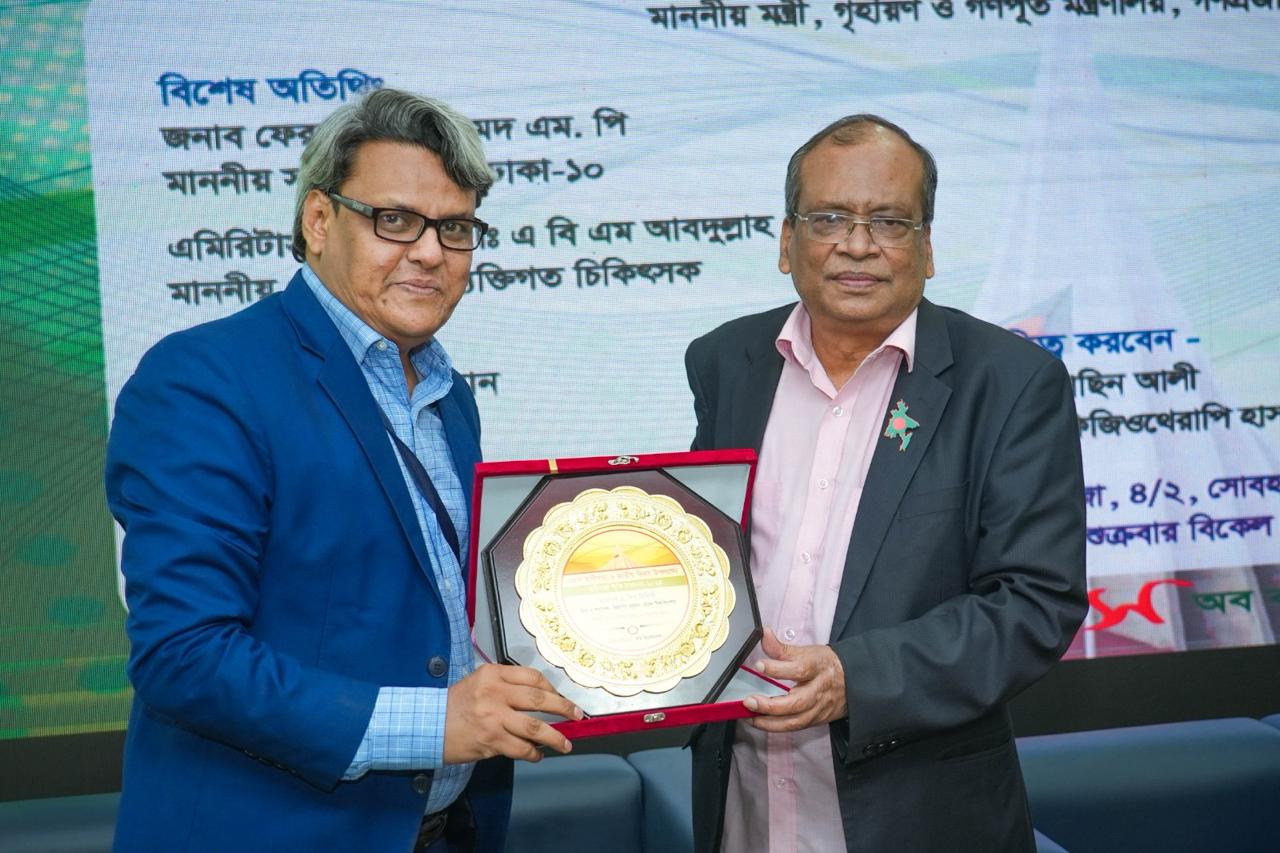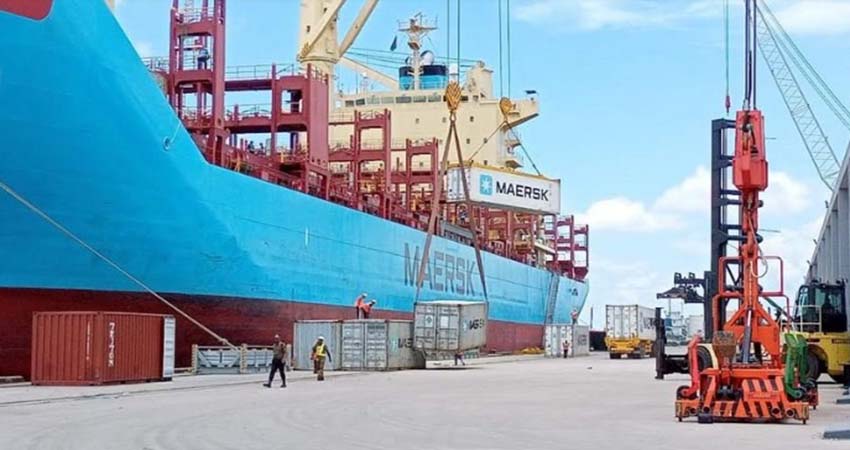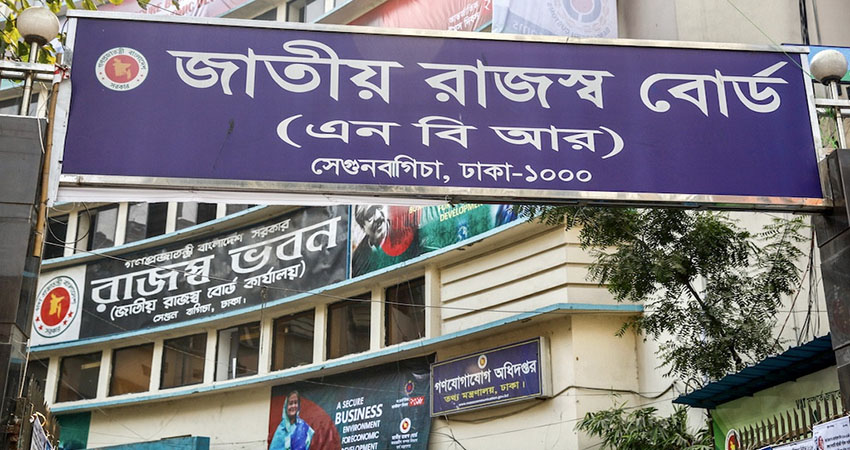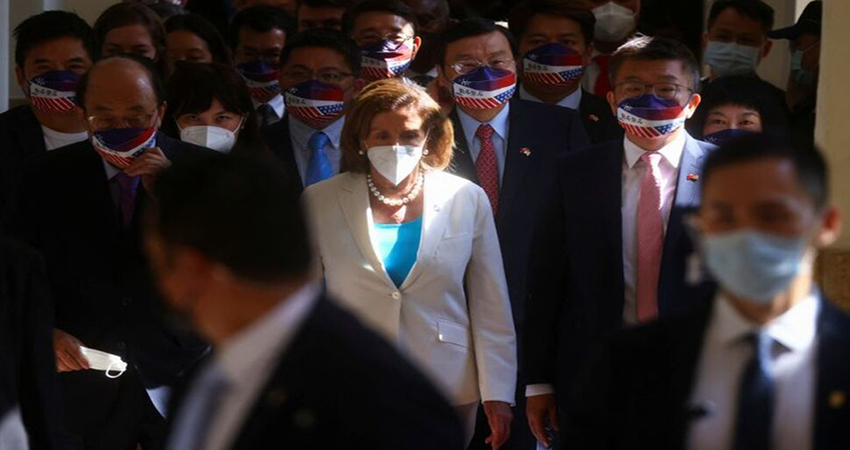Since ancient times, Bengal was famous for trade and crafts. The largest port city of Bengal in the fifth century had trade links with South India, Sinhalese, Burma, Malaya, the Persian Gulf and the Far East. Among the major industries developed during this period were textile, sugar, salt, and metal industry. In the 8th century, Arab merchants played an important role in establishing trade relations with the outside world with Chittagong.
The boat building industry flourished in Bengal from a long time ago. Muslin of Dhaka gained world fame. Even earlier, Bengal had the record for exports of garments, sugar, salt and ornaments. Handicrafts also flourished. However, the activities of manufacturers were long limited to the production of a few types of goods. During the Mughal period, there was a boom in production in Bengal. Participation of foreigners in the export market gave new impetus to industrial development.
The expansion of production and markets popularized the use of commercial paper in the banking system and insurance sector. As the market expanded, sugar production was intensified. The seventeenth century saw great development in the production of salt. Among the other products that flourished in Bengal during this period are agricultural machinery, metal products and tools, copper, sculptures, woodwork, embroidery, ornaments etc.
Before the establishment of British rule in India, the textile industry in Bengal was completely dependent on cottage industry. Moneylenders played an important role in financing textile production and textile trade. Loans were given to weavers by the East India Company through dadan system and agency system. Dadan system over time became oppressive to the artisan class. As a result, many weavers were severely hampered and forced to abandon the profession.
However, it was during the British period that the textile industry of Bengal continued to trade with the outside world under the commercial policies of the government and foreign merchants were allowed to trade. India's silk industry was mainly concentrated in Bengal and the industry attracted the attention of the British from the beginning of their rule.
Murshidabad was the main center of sericulture and silk production. However, in the mid-nineteenth century, the development of the silk industry in Bengal was disrupted by competition from cheap silk produced in China and Japan, and by the rapid decline in the prices of alternative textiles produced in Britain. Among the major industries developed during the British period were the salt and sugar industries.
In the mid-nineteenth century, the British government levied an import tax on imported salt. The domestic salt industry suffers because of the better quality of imported salt. By the end of the 18th century, Bengal became famous in the sugar industry. But from 1846, Bengal lost the sugar market to Britain. The development of beet sugar production at competitive prices in Europe appeared to be a hindrance to the export of sugar from Bengal to England.
The development of sugar production technology in Java, Mauritius and Formosa caused the international price of sugar to fall below the production price of sugar produced in India. As a result of these incidents, the sugar industry of Bengal collapsed. However, Bengal played a good role in the production of molasses from sugarcane, dates and palm trees. Despite all the developments in the international sugar market, the sugar industry in Bengal survived due to the huge demand in the domestic market.
A key feature of Bengali industries, especially cottage industries, during the British period was narrow specialization in limited industries. The caste-based specialization of artisans in India for centuries flourished even during the British period. In many cases British and local traders contributed substantially to the development of these cottage industries. But in many other cases, local artisans are subjected to a variety of obstacles, including physical abuse, and are forced out of business.
After the partition of the country in 1947, East Pakistan inherited little of the industry of undivided Bengal. Of Bengal's 108 jute mills, 18 iron and steel mills and 16 paper mills, none fell in East Pakistan. Only 90 out of 389 textile mills, 10 out of 166 sugar mills and only 3 out of 19 cement factories were located in East Pakistan. The cement factory in Sylhet had to rely on India's Assam for its limestone supply.
The yarn mills of East Pakistan also had to depend on imported raw materials. Pakistan Industrial Development Corporation has played an important role in setting up industrial units in jute, paper board, cement, fertilizers, sugar, chemicals, textiles, pharmaceuticals, light engineering and shipbuilding sectors. However, the central government followed a discriminatory policy towards East Pakistan and favored the industrial development of West Pakistan. Moreover, the central government spends most of its external resources on industrial development in West Pakistan.
During the Bangladesh War of Independence in 1971, the industrial sector was severely damaged. 72 jute mills, 44 textile mills, 15 sugar mills, 2 fertilizer factories, one steel mill, one diesel engine unit and one shipbuilding factory started in 1972. The government finally formulated a new industrial policy in 1982 after making many adjustments and temporary changes in the state policy.
Weavers are found in almost all areas of Bangladesh, but they are concentrated in the areas of Narsingdi, Baburhat, Homna, Bancharampur, Bajitpur, Tangail, Shahajadpur and Jessore. Silk industry flourished in Rajshahi and Bholahat. Textile is one of the industries in the state-owned sector of Bangladesh. Disadvantages of this sector include poor management, difficulty in generating skilled labor, inadequate supply of raw materials and electricity. The three main centers of jute industry in Bangladesh are located in Dhaka, Chittagong and Khulna. Cheaper and more durable plastic products are now being used instead of jute products.
As sand, salt and limestone are readily available in the interior of Bangladesh, there is a lot of potential for the development of glass industry in the country. The two main places for establishing this industry are Dhaka and Chittagong. Natural gas is used as the main raw material in the country's fertilizer industry. The two main cement factories of the country are located in Chatak and Chittagong. The main factories of Bangladesh paper industry are at Pakshi in Pabna and Chandraghona in Chittagong. Bangladesh also achieved self-sufficiency in match production. Apart from sugar, Darshana sugar mills also produce alcohol, methylated spirit and rectified spirit.
Most of the iron and steel mills in Bangladesh are concentrated in Chittagong and Dhaka under the Steel and Engineering Corporation. However, there are some steel and iron works in Khulna, Kushtia and Bogra. In the 1980s, the shipbuilding industry, automotive components industry, oil, refineries, insulators and medical equipment factories, telephone equipment manufacturing industries, electrical goods manufacturing factories, television parts assembling factories, cigarette companies and vegetable oil mills occupied special places in Bangladesh. During this period, the garment industry in the country made great strides.
Writer: Columnist, and Asst Officer, Career & Professional Development Services Department (CPDS), Southeast University.
Citizentimes/OH/MY



















